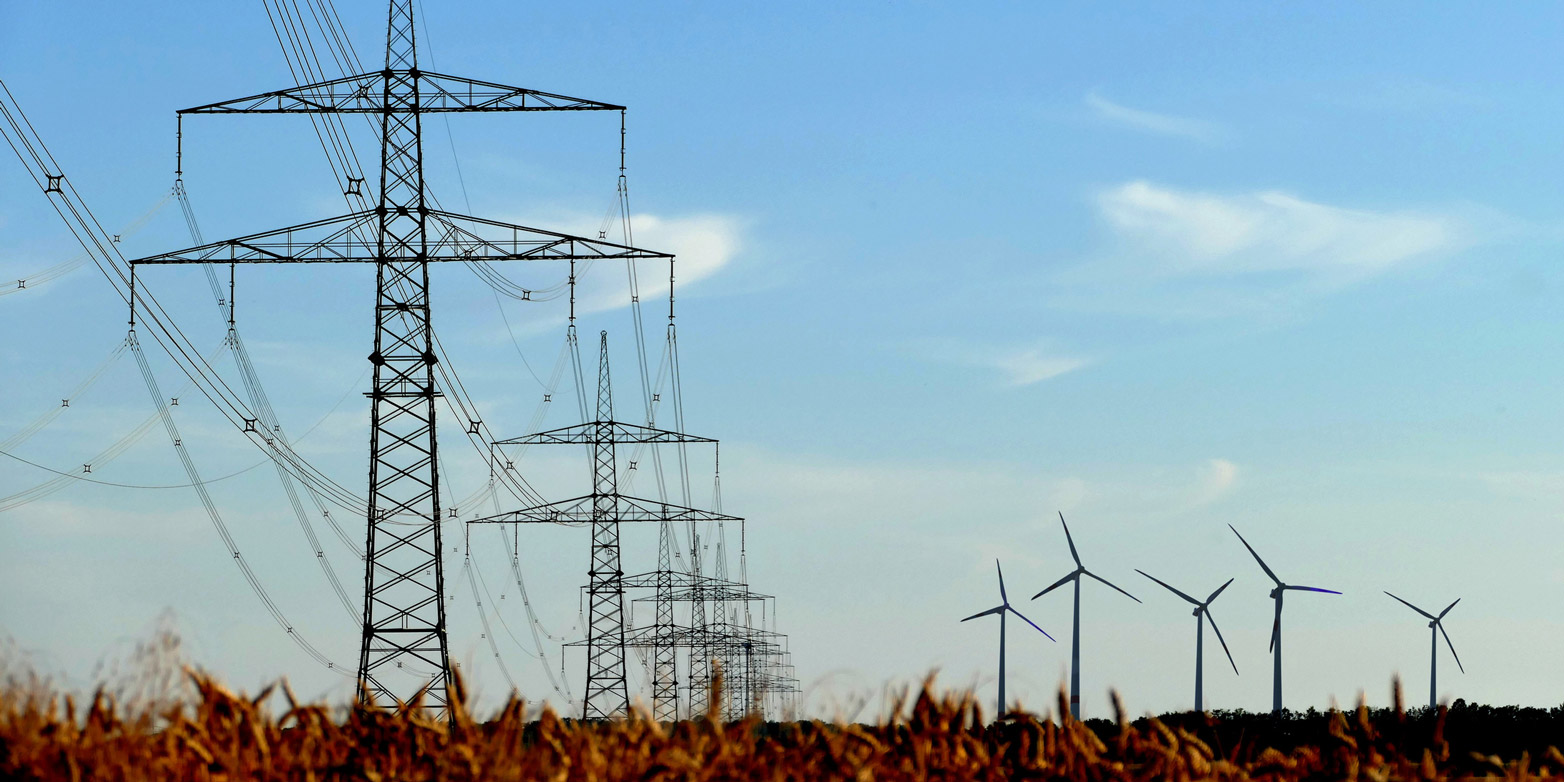Even small-scale solutions are affordable
How should Europe organise its renewable energy supply network – on a continental, national or regional level? It's a controversial issue. A Swiss-German research team has analysed the costs and technical feasibility of supply networks of various sizes.

The European Union aims to achieve climate neutrality by 2050, and is relying largely on renewable electricity to reach this goal. How to best implement the energy transition is the subject of heated debate: a system that concentrates energy generation infrastructure in the most suitable locations across the continent would be the most affordable solution, but many citizens favour smaller, more dispersed supply units where electricity is generated close to the consumer.
Researchers from the Climate Policy Group at ETH Zurich, together with colleagues at the Institute for Advanced Sustainability Studies (IASS) in Potsdam, have now investigated the technical and financial feasibility of supplying green electricity from renewable energy sources at continental, national and regional level. In particular, they looked at whether smaller supply units are in fact significantly more expensive than a continental-scale system. Their study has just been published in Joule magazine.
“Proponents of a continental system argue that large-scale solutions are more affordable, allow suppliers to balance fluctuations, and facilitate an efficient use of resources regardless of their location,” explains lead author Tim Tröndle, who has a doctoral degree from ETH Zurich/IASS Potsdam on the subject. But while these advantages are undeniable, political interests and public acceptance play a key role in shaping the energy transition. “That’s why we need to look carefully at the potential of smaller systems,” he says.
Cost disadvantages of less than 20%
Modelling conducted as part of the study confirmed that the most affordable solution would involve creating an interconnected European grid to distribute electricity generated at locations with the best solar and wind resources. But the cost disadvantages of smaller systems remain low if suppliers are able to balance fluctuations in electricity generation across countries and regions. Grid operators could cooperate with partners at national and regional level to balance fluctuations by sharing electricity with neighbouring grids, rather than deploying costly storage technologies or curtailing electricity generation from wind and solar plants.
Creating a well performing European energy market could reduce the cost disadvantage of small-scale systems compared with a continental supply system to below 20 percent. According to Stefan Pfenninger, senior researcher in the Climate Policy group and last author of the study, this finding supports current efforts to establish a European electricity market and expand the network of cross-border interconnectors linking national systems which help balance fluctuations.
Infrastructure requirements vary significantly
According to the study, where the electricity is generated doesn’t significantly affect the cost of a completely renewable electricity supply. “However, location significantly impacts infrastructure needs, especially regarding whether more generation infrastructure or more transmission infrastructure is required. So in order to accelerate the energy transition, the preferred size of power generation systems needs to be clarified quickly,” recommend the Potsdam and Zurich authors. Several solutions are feasible, ranging from a more continental system through to smaller, local supply networks.
This article is based on a press release by external page IASS Potsdam.
Reference
Tröndle T, Lilliestam J, Marelli S, & Pfenninger S. Trade-offs between geographic scale, cost, and infrastructure requirements for fully renewable electricity in Europe. Joule 4, 1-20, 2020. doi: external page 10.1016/j.joule.2020.07.018